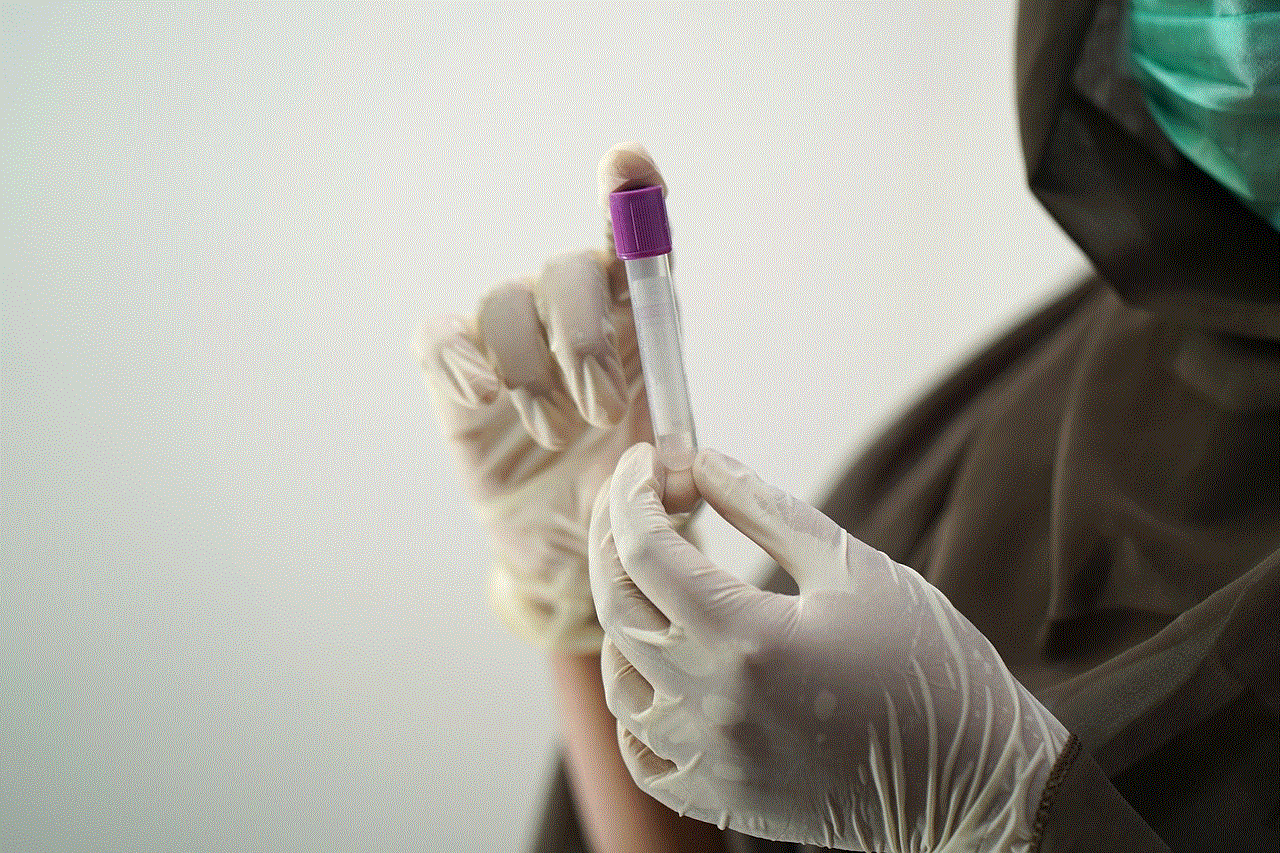encyclopedia of mobile phone behavior
Introduction
The mobile phone has become an integral part of our daily lives, with over 5 billion people owning one globally. It has revolutionized the way we communicate, work, and live, making it an essential tool for modern-day living. As such, the study of mobile phone behavior has become increasingly important, with researchers delving into its psychological, sociological, and cultural impact. In this encyclopedia, we will explore the various aspects of mobile phone behavior, from its history to its current usage and its impact on society.
History of Mobile Phones
The first mobile phone was invented in 1973 by Martin Cooper, a researcher at Motorola. It weighed 2.4 pounds and had a battery life of only 20 minutes. However, it was a significant breakthrough in communication technology, and by the 1980s, mobile phones became commercially available. The first models were large and bulky, with limited features such as making calls and sending text messages.
Over the years, mobile phones evolved rapidly, becoming smaller, more advanced, and affordable. The introduction of smartphones in the early 2000s changed the mobile phone landscape, with devices capable of accessing the internet, taking photos, and using various applications. Today, smartphones have become an essential part of our lives, with new models and features constantly being introduced, shaping our mobile phone behavior.
Usage Patterns
The way we use mobile phones has changed significantly over the years. Initially, mobile phones were primarily used for making calls and sending text messages. However, with the advancement of technology, mobile phones are now used for a variety of purposes, such as staying connected with friends and family, entertainment, work, and accessing information.
One of the most significant changes in mobile phone behavior is the shift from voice calls to messaging applications. According to a survey by Pew Research Center, 97% of smartphone users use messaging apps, compared to 92% who make voice calls. This change can be attributed to the convenience and cost-effectiveness of messaging apps, as well as the rise of social media platforms.
Another usage pattern that has emerged is the constant need for connectivity. With the availability of mobile data and Wi-Fi, people are always connected to the internet, checking emails, social media, and other online activities. This has led to an increase in the time spent on mobile phones, with studies showing that the average person spends over 3 hours a day on their device.
Impact on Communication
Mobile phones have had a significant impact on the way we communicate with others. While it has made communication more convenient, it has also changed the way we interact with others. With the rise of messaging apps and social media, face-to-face communication has decreased, and people now rely more on digital communication. This has led to a decline in social skills, with individuals becoming more dependent on their devices for social interactions.
Furthermore, the constant connectivity has led to a blurring of boundaries between work and personal life. With the ability to work remotely and always be accessible, individuals may feel pressure to be available at all times, leading to increased stress and a negative impact on work-life balance.
Impact on Relationships
The use of mobile phones has also had an impact on our relationships. While it has made it easier to stay connected with loved ones, it has also led to potential negative effects. For example, excessive use of mobile phones can lead to a lack of focus and attention during face-to-face interactions, leading to a breakdown in communication and intimacy.
Moreover, the use of mobile phones has also been linked to relationship conflicts. A study by Brigham Young University found that individuals who reported high levels of mobile phone use were less satisfied with their relationships and had more conflicts with their partners. This can be attributed to the distraction and lack of quality time spent with partners due to mobile phone usage.
Impact on Mental Health
The constant use of mobile phones has also been linked to mental health issues. The pressure to always be connected and the fear of missing out (FOMO) can lead to anxiety and stress. Additionally, the excessive use of social media has been linked to low self-esteem and depression, as individuals compare themselves to others’ highlight reels on social media.
Moreover, the blue light emitted by mobile phone screens can disrupt sleep patterns, leading to fatigue and poor mental health. The need to constantly check notifications and respond to messages can also affect sleep quality, leading to a negative impact on overall well-being.
Cultural and Sociological Impact
Mobile phones have also had a significant impact on culture and society. In many developing countries, mobile phones have been instrumental in providing access to information and services, bridging the digital divide. It has also played a crucial role in political movements and social activism, with the ability to spread information quickly and mobilize people for a cause.
On the other hand, mobile phones have also led to a rise in cyberbullying, with individuals using their devices to harass and intimidate others. This can have severe consequences on mental health and can even lead to suicide in extreme cases. The use of mobile phones for sexting has also become a concern, especially among teenagers, leading to issues such as revenge porn and exploitation.
Emerging Trends in Mobile Phone Behavior
As technology continues to advance, new trends in mobile phone behavior are emerging. One of the most significant trends is the rise of mobile commerce or m-commerce. With the increasing popularity of online shopping, more and more people are using their mobile devices to make purchases, changing the way we shop and do business.
Another trend is the use of mobile phones for health and fitness tracking. With the availability of health and fitness apps, individuals can now monitor their activity levels, nutrition, and even mental health through their mobile devices.
Conclusion
In conclusion, the mobile phone has become an essential part of our lives, shaping the way we communicate, work, and interact with others. While it has brought about many benefits, it has also led to changes in behavior and potential negative impacts on our relationships, mental health, and society. As technology continues to advance, it is crucial to understand and monitor our mobile phone behavior to ensure a healthy balance in our lives.
how to find my girlfriend
Title: How to Find Your Girlfriend: A Comprehensive Guide to Navigating the Dating Scene
Introduction:
In today’s fast-paced world, finding a girlfriend can feel like a daunting task. With numerous dating apps, social media platforms, and real-life encounters, it’s important to have a strategic approach to increase your chances of finding a compatible partner. This article will guide you through effective ways to find your girlfriend, ensuring a meaningful and lasting connection. From self-reflection and improving social skills to utilizing various dating methods, we’ll cover everything you need to know to embark on your romantic journey.
1. Understand Yourself:
Before embarking on the quest to find your girlfriend, it’s crucial to understand yourself. Reflect on your values, interests, and long-term goals. Knowing who you are and what you want will help you attract a partner who shares similar values and passions.
2. Improve Your Social Skills:
Developing strong social skills is essential in finding a girlfriend. Engage in activities that allow you to interact with different people, such as joining clubs, volunteering, or taking up a new hobby. Practice active listening, empathy, and genuine conversation to establish meaningful connections.



3. Expand Your Social Circle :
Expand your social circle to increase your chances of finding a girlfriend. Attend social events, parties, and gatherings to meet new people. Engaging in group activities or joining communities will not only introduce you to potential partners but also provide opportunities to showcase your personality and interests.
4. Embrace Online Dating:
In today’s digital age, online dating has become increasingly popular. Create an appealing and honest dating profile that highlights your best qualities. Be open-minded and maintain realistic expectations, as online dating can be both exciting and challenging.
5. Utilize Dating Apps Effectively:
With the abundance of dating apps available, it’s crucial to use them strategically. Choose reputable platforms that align with your dating goals and preferences. Craft personalized messages, show genuine interest, and avoid generic approaches to stand out from the crowd.
6. Seek Support from Friends and Family:
Your friends and family can be valuable resources in finding a girlfriend. They may know someone who shares your interests or can introduce you to potential partners. Don’t hesitate to seek their advice or take part in group outings where you can potentially meet new people.
7. Take Care of Yourself:
Taking care of yourself physically, emotionally, and mentally is vital when searching for a girlfriend. Focus on self-improvement, develop healthy habits, and indulge in activities that bring you joy and fulfillment. A confident and well-rounded individual is more attractive to potential partners.
8. Be Open to New Experiences:
Finding a girlfriend often involves stepping out of your comfort zone. Be open to new experiences, whether it’s trying new hobbies, attending events, or exploring unfamiliar places. By embracing novelty, you increase your chances of meeting someone special.
9. Take Initiative:
Finding a girlfriend requires taking initiative and actively pursuing opportunities. Don’t be afraid to make the first move, ask someone out, or express your interest. Confidence and assertiveness can be attractive qualities that draw potential partners towards you.
10. Patience is Key:
Finding a girlfriend takes time and patience. Don’t rush the process or settle for someone who doesn’t align with your values and goals. Maintain a positive mindset and enjoy the journey, knowing that the right person will come into your life when the time is right.
Conclusion:
Finding a girlfriend is a personal and unique journey for each individual. By understanding yourself, improving social skills, utilizing various dating methods, and embracing new experiences, you increase your chances of finding a compatible partner. Remember, patience, self-improvement, and genuine connections are key to establishing a meaningful and lasting relationship. So, go out there, put yourself out there, and open yourself up to the exciting possibilities that await you on your path to finding your girlfriend.



why can’t i see my friends location on iphone
Title: Troubleshooting Guide: Why Can’t I See My Friends’ Location on iPhone?
Introduction:
In today’s digital age, staying connected with friends and family has become easier than ever. One of the features that enhance this connectivity is the ability to share your location with others. However, there may be times when you encounter issues and find that you are unable to see your friends’ location on your iPhone. This article aims to provide a comprehensive troubleshooting guide to help you resolve this issue.
1. Ensure Location Services are Enabled:
The first step in troubleshooting this problem is to make sure that Location Services are enabled on your iPhone. To do this, go to Settings, then Privacy, and finally, Location Services. Ensure that the option is toggled on. Additionally, make sure that the specific app you’re using to share locations, such as Find My Friends or Maps, has permission to access your location.
2. Check Privacy Settings:
If you have confirmed that Location Services are enabled, the next step is to check your Privacy settings. Open the Settings app, navigate to Privacy, and select Location Services. Here, you will find a list of all the apps that have requested access to your location. Ensure that the app you are using to track your friends’ location is listed and has permission to access your location.
3. Verify Friend’s Sharing Settings:
Sometimes, the issue may not be with your iPhone but rather with your friend’s sharing settings. Ensure that your friend has enabled location sharing on their device and has granted you permission to view their location. Without their permission, you will not be able to see their location.
4. Check Internet Connection:
A stable internet connection is crucial for real-time location sharing. Ensure that you have a strong Wi-Fi or cellular data connection. If you are in an area with a weak network signal, it may affect the accuracy or availability of location sharing.
5. Update iOS and Apps:
Outdated software can often cause compatibility issues. Ensure that both your iPhone’s iOS and the app you’re using to track locations are up to date. Developers frequently release updates to address bugs and improve functionality, so keeping your software updated is essential.
6. Restart Your iPhone:
Restarting your iPhone can help resolve minor glitches or conflicts that may be causing the issue. Press and hold the power button until you see the “slide to power off” option. Once your iPhone is turned off, press and hold the power button again until the Apple logo appears, indicating that your device is restarting.
7. Reset Network Settings:
If the issue persists, resetting network settings may help. Go to Settings, then General, followed by Reset. Tap on “Reset Network Settings” and enter your device passcode when prompted. Keep in mind that this action will reset all network-related settings, including Wi-Fi passwords, so make sure to have them handy.
8. Reinstall the App:
If the issue is specific to a particular app, such as Find My Friends, consider uninstalling and reinstalling it. To do this, locate the app on your home screen, press and hold its icon until it starts to jiggle, then tap the “x” in the corner. Finally, reinstall the app from the App Store.
9. Check Restrictions:
If you have enabled restrictions on your iPhone, it is possible that location sharing may be restricted. To check this, go to Settings, then General, followed by Restrictions. Enter your passcode and ensure that the option for location sharing is not restricted.
10. Contact Apple Support:
If you have tried all the above troubleshooting steps and are still unable to see your friends’ location on your iPhone, it may be time to contact Apple Support. They can provide further assistance and guide you through more advanced troubleshooting methods specific to your device.



Conclusion:
The ability to share your location with friends and family is a useful feature on an iPhone. However, issues can arise that prevent you from seeing your friends’ location. By following the troubleshooting steps outlined in this article, you can identify and resolve the underlying causes, allowing you to once again enjoy the convenience of location sharing. Remember to check your iPhone’s settings, ensure proper permissions , and keep your software up to date to avoid any future issues with location sharing.